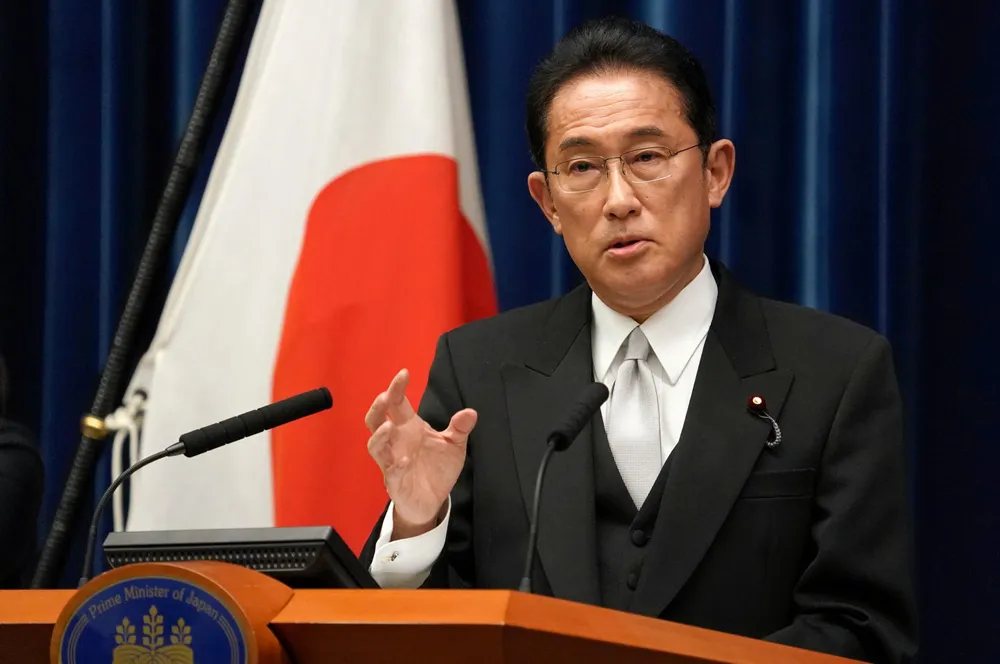Japan set to increase hydrogen ambitions sixfold and introduce new CfD-style subsidy scheme: Prime Minister
Country’s 'H2 basic strategy' to be updated at end of May, with new supply target of 12 million tonnes a year by 2040, up from two million today
